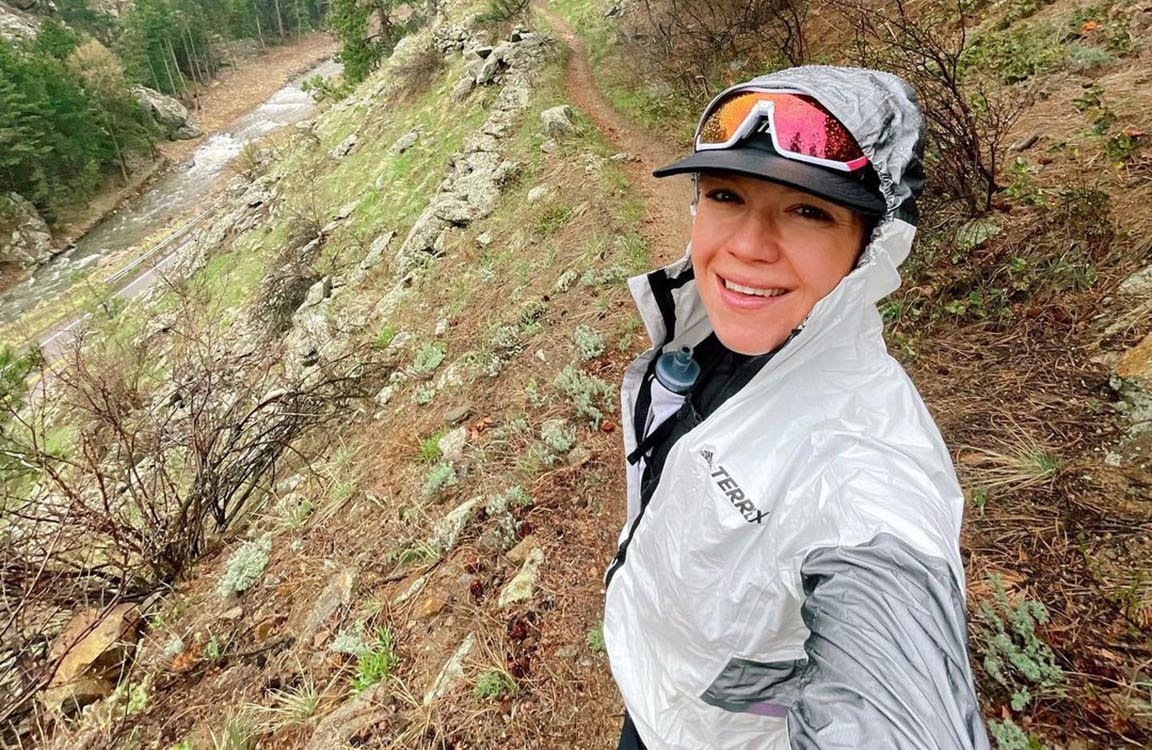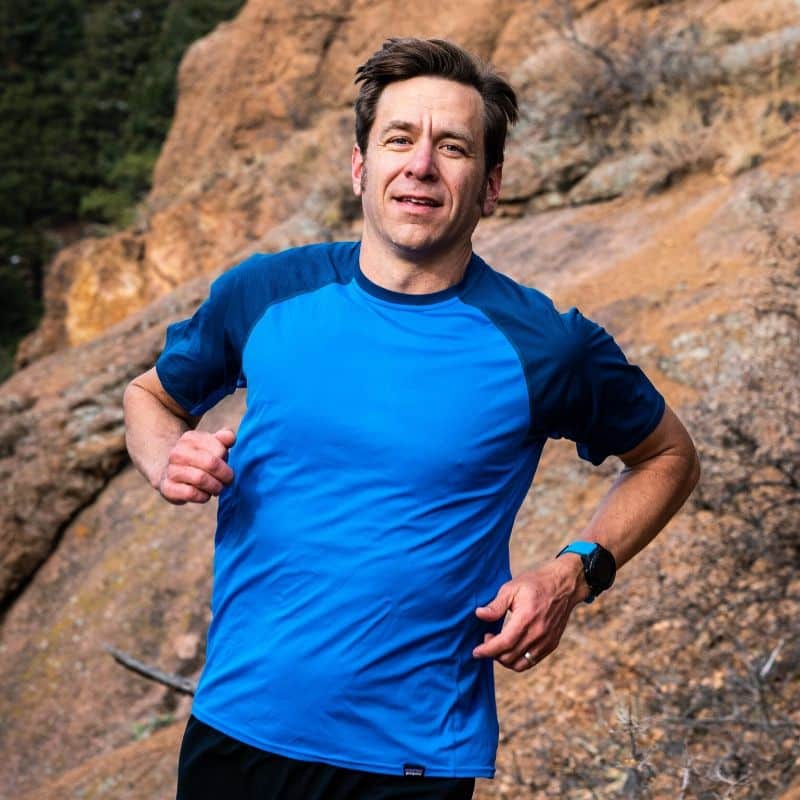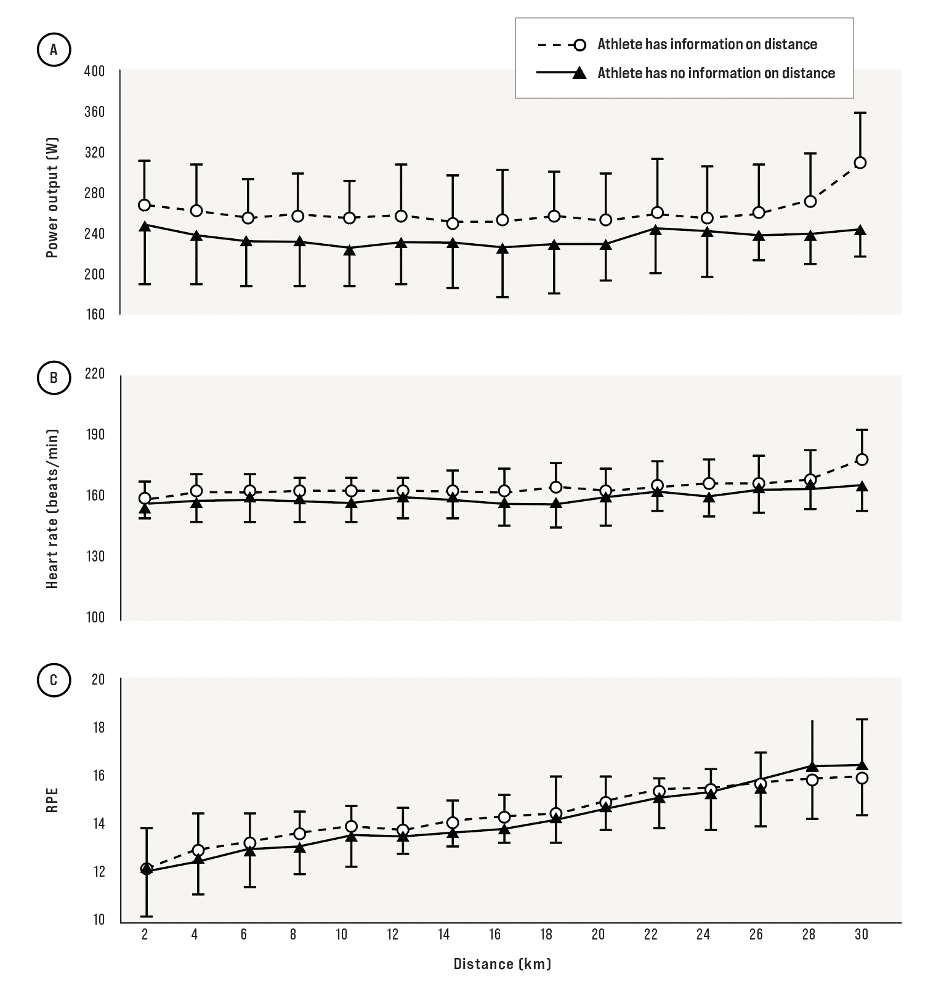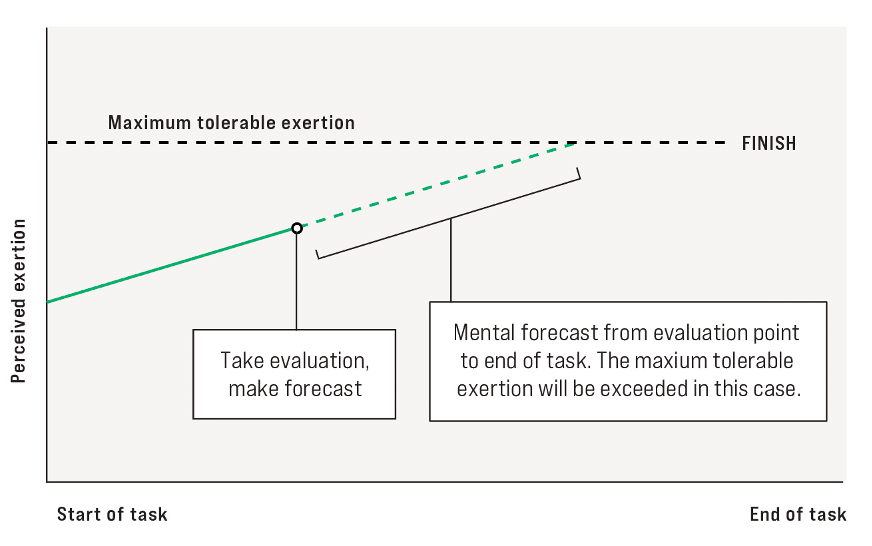
Abby Hall’s Breakthrough Race: A lesson in staying present
By Jason Koop,
Head Coach of CTS Ultrarunning
Abby: ‘I feel like I’m just on the rivet‘
Jason: ‘That’s OK, just keep pressing’
Abby: ‘OK, I’ll do that’
This was an exchange I had with Abby Hall, an elite athlete I have had the pleasure of working with worked the past four years, while crewing her during this weekend’s 100-kilometer CCC. She had a magnificent race, the best of her career thus far, and finished 2nd in an elite international field. Her result might have been surprising to some, as she has largely been on the outside looking when it comes to a major result in a competitive field. However, for us – coach and athlete – the day played out exactly how she drew it up on paper, which in itself is a rarity in sport.
Abby’s strategy was simple; to stay in contention to win as long as possible. So, when she rolled into the Champex-Lac aid station approximately halfway through her 100k race, after running as hard as she ever had for longer than she ever had, in 3rd place, and staring at a further 6 hours of being on the rivet, ‘just keep pressing’ was a no-brainer. To her, it wasn’t just 50k left to run. The three remaining mountain passes to conquer were not a part of the forecast. All that mattered to her was ‘keep pressing’.
This advice, so simple and yet elegant, was intentionally directed to keep Abby in the moment. This is an idea that has become all too cliché in running, racing, and life. She knew focusing on what she was doing at the time, rather than on what lay ahead of her, was the key to unlocking her best performance on one of the biggest stages.
We all have this same power to stay in the moment, to ‘keep pressing’ when there are miles and mountains ahead. However, there’s a big difference between saying you are going to stay in the moment, and actually staying in the moment. By learning a bit about how we pace workouts and why this strategy is counterintuitive to racing, you can unlock this potential for you as well.
How We Pace Workouts
Ultrarunners have always adopted a wide range of pacing strategies. While I advocate for a perceived exertion-based strategy for trail and ultrarunners, I realize my opinion is not the only game in town. Some athletes choose to use heart rate, others utilize pace, and some runners are starting to use foot-based power meters. When I was in college, our coach would place orange cones every 50 m along the track and then program a beeper to broadcast over the loudspeakers at distinct intervals corresponding to the paces we were trying to achieve. All of these strategies have their merits: They provide feedback to the athlete, and the athlete can either adjust their effort or maintain it accordingly. This feedback loop is an ever present one for athletes performing workouts and shorter races. And, it has forced coaches and sports scientist alike to think about if this data driven feedback loop facilitates or limits performance.
A 2018 study out of Australia looked at athletes performing a 30K cycling time trial with and without cues about the distance remaining (Wingfield et al. 2018). Athletes who knew how far they had gone in the time trial were able to achieve higher power outputs (particularly in the last two minutes, Figure A) despite no changes in heart rate or RPE (Figures B and C).
This makes a lot of sense. When you know how much farther you have to go, or how much longer the next interval is, you can take an internal risk assessment to gauge how hard you can push. This phenomenon is what is known as “perceived exertion end point interaction.” It simply states that if given a task, let’s say a workout or a shorter race, athletes will pace themselves according to two facets: 1) how they feel at the moment and 2) how far they have to go. You constantly integrate those two points as you progress through the task and calibrate your effort so you are spent (or at least perceive that you are spent) at the very end. You are literally drawing and redrawing an internal line between where you feel right now and where you project you will feel at the end point.
► Free Ultrarunning Training Assessment Quiz
Take our free 2-minute quiz to discover how effective your training is and get recommendations for how you can improve.
Interestingly, this rationale has also been used to explain why novice athletes are so poor at pacing, because they don’t know the end point well enough. It can explain how “tougher” athletes can perform better; they are willing to risk a steeper slope and higher end point (see figure below). And it also explains why youth athletes have a tendency to start out too hard, as they have poor internal measurements of exertion. Flavors of this phenomenon have also made their way into famous models of performance regulation, such as Tim Noakes’s Central Governor Theory (Noakes, Peltonen, and Rusko 2001) and Ross Tucker’s Anticipatory Regulation Model (Tucker 2009). I also feel there is a translational point in ultrarunning, particularly for a race like Abby’s.
Races are not workouts
Here’s where the rubber meets the road. Your ultramarathon is not a workout. Your next ultra is going to encompass a duration that will likely more than double your longest long run, and be several times longer than any specific intervals you perform. Therefore, any perceived exertion forecasting you perform is going to be clouded by the sheer duration. In addition to this, workouts are meant to be sustainable. You do them week in and week out for months, in an effort to improve. Racing, by contrast, is not sustainable. In races, you hope to go above and beyond what you do in training. So much so that that the effort takes weeks, not days, to recover from.
To facilitate optimal racing you have to override your body’s natural, and developed, tendency to adjust effort according to the perceived exertion end point interaction. Part of this override strategy, at least in Abby’s case, was to simply stay in the moment by ‘keep pressing’. The way you facilitate optimal racing can be different. You can choose to compartmentalize the race into smaller parts, focus on a specific mantra, or even ‘keep pressing’ if that’s in line with your goals. Whatever you choose to do, first realize that your race day effort should be calibrated differently than your day-to-day workouts. This is one case where you want to race differently compared to your training!
Enjoying This Article? Get More Free Running Training Tips
Get our coaches' best training advice, delivered straight to your inbox weekly.
References-
Wingfield, Georgia, Frank Marino, and Melissa Skein. 2018. “The Influence of Knowledge of Performance Endpoint on Pacing Strategies, Perception of Effort, and Neural Activity during 30-Km Cycling Time Trials.” Physiological Reports 6 (21). doi:10.14814/phy2.13892.
Tucker, R. 2009. “The Anticipatory Regulation of Performance: the Physiological Basis for Pacing Strategies and the Development of a Perception-Based Model for Exercise Performance.” British Journal of Sports Medicine 43 (6): 392–400. doi:10.1136/bjsm.2008.050799.
Noakes, T. D., A. St. Clair Gibson, and E. V. Lambert. 2005. “From Catastrophe to Complexity: a Novel Model of Integrative Central Neural Regulation of Effort and Fatigue during Exercise in Humans: Summary and Conclusions.” British Journal of Sports Medicine 39 (2): 120–124. doi:10.1136/bjsm.2003.010330.





Comments 2
Pingback: Georgia Jewel 100 Mile, Sept. 17, 2021 – TrailCats
I suppose experience (frequent racing ) is the keyword here. It refines the ability of perceived exertion forecasting. If you have ever participated in any UTMB race (or any race for that matter), you probably know what to expect and how hard to push, what pressure to apply.
Kudos to Abby Hall (and her coach)!